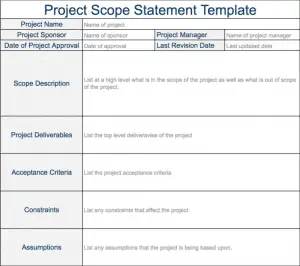Rolling Wave Planning is an approach to project and program planning. I’ve heard it said that an Economist is someone who can tell you exactly why something has happened, but who can’t predict what will happen next. That’s probably because predicting the future is difficult. Given this, it’s not hard to see why our initial project plans often turn out to be wildly inaccurate.
To counter this, Rolling Wave Planning is the process of planning a project progressively in waves (or steps) as the project unfolds. Short term activities are planned at a detailed level whilst longer term activities which are further away are planned at a low level of detail. Rolling Wave Planning can be particularly useful when the approach to be taken, or even the requirements, are dependent on the outcome of some or all of the near term planning.
Rolling Wave Planning is a type of Progressive Elaboration, which is a technique whereby we acknowledge that not everything can be known at the start of the project, and based on past experience we allow the project to unfold itself. As soon as we know what was previously unknown, we will plan for it in detail (I hope I’m not starting to sound like Donald Rumsfeld here).
Rolling Wave Planning is the only form of Progressive Elaboration included in PMBOK. It’s not difficult to see how Rolling Wave Planning might apply to modern project management methodologies, such as Agile, Lean, or Scrum. We would plan the next couple of iterations in as much detail as is possible, whilst longer term iterations would remain planned only at a high level.
It is important to understand that Rolling Wave Planning should not make it easy for scope creep to occur. Rolling Wave Planning means that in waves we bring more detail to the plan to achieve the original requirements. This is different to scope creep where the requirements are changing.
A question which often raises its head when discussing Rolling Wave Planning is whether it would be better to use separate projects rather than waves. In that way you have decision points at the end of each project to decide whether to proceed or not. I don’t think there is a right answer to this question. Choosing once approach over the other depends both on the organization itself as well as the project. For example, if the early waves of the project delivered no measurable business benefit then it would make more sense to use a Rolling Wave Planning approach, rather than a project approach, as the early projects would have no justification to begin.










